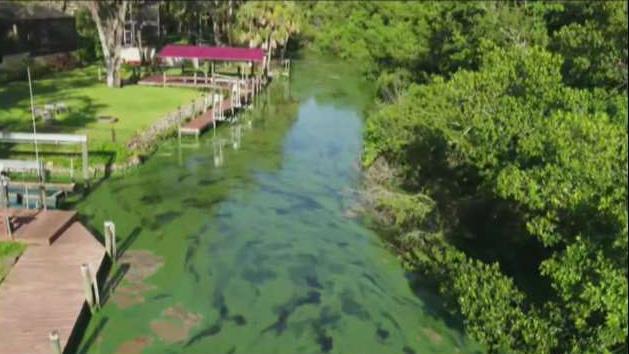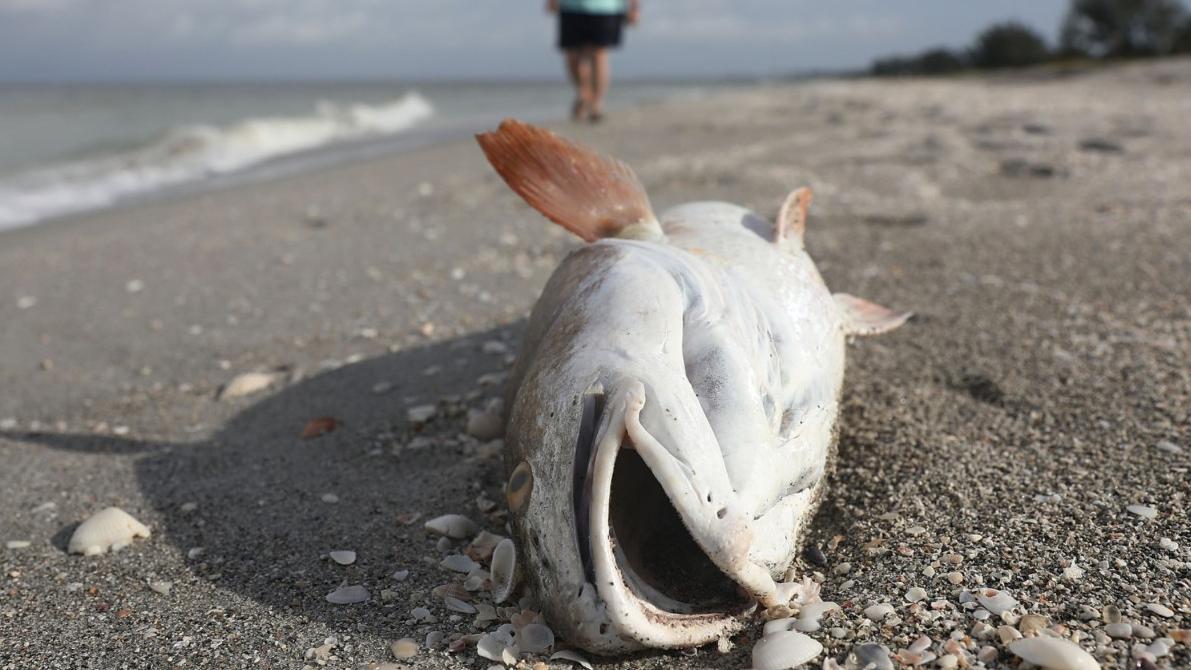Toxic red tide butchers Florida tourism and wildlife
Florida has a spreading algae problem – and it has turned some counties into hazard zones.
Gov. Rick Scott declared a state of emergency on Monday for several counties dealing with the nine-month-old red tide algae bloom which has hurt Florida’s economy. It is the second emergency order issued by Scott this summer. The Sunshine State has not seen a bloom of this magnitude in more than a decade.
The counties with health and safety concerns include Lee, Sarasota, Charlotte, Collier and Manatee, where the algae bloom has killed fish, turtles, manatees and potentially 11 dolphins and a whale shark, The Tampa Bay Times reports.
Red tide has created $82 million in economic losses to the seafood, restaurant and tourism industries each year in the U.S., according to the National Oceanic and Atmospheric Administration.
Red tide, a common term used for a harmful algae bloom, is a naturally-occurring microscopic algae. It usually begins 10 to 40 miles offshore, but wind and currents move it closer to beaches. Once it’s near land, it intensifies because of pollution from septic tanks, sewage leaks and fertilizer from farms and suburban lawns.
The toxins generated by red tide can be harmful to people and marine life. It produces a chemical that can impact human breathing, kill fish and make shellfish dangerous to eat.
Red tide algae bloom has been documented along the Florida Gulf Coast for decades and happens nearly every year. The current outbreak developed in the Gulf of Mexico off the coast of Southwest Florida, and covers about 120 miles of coastline and has recently moved north.





















